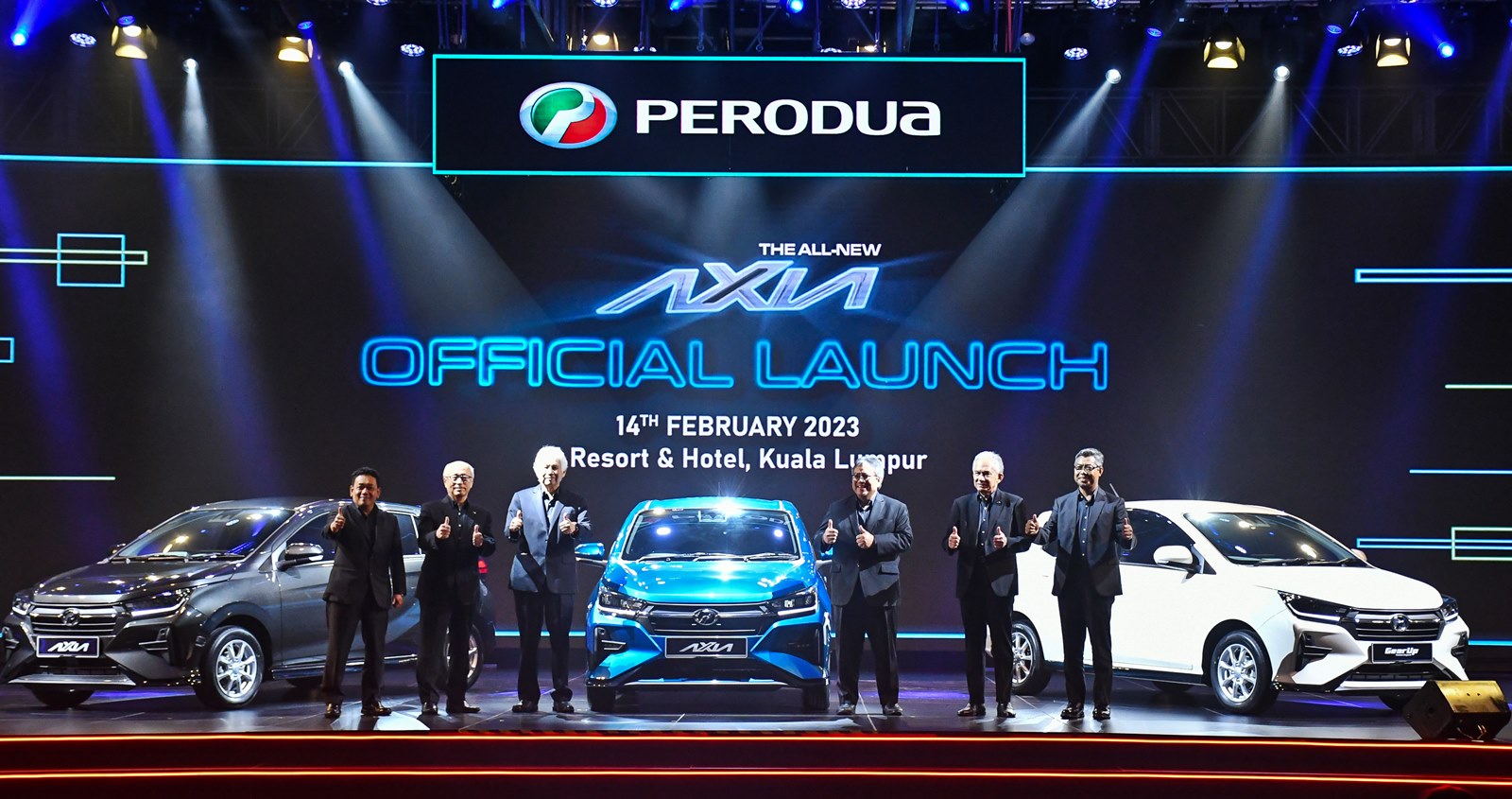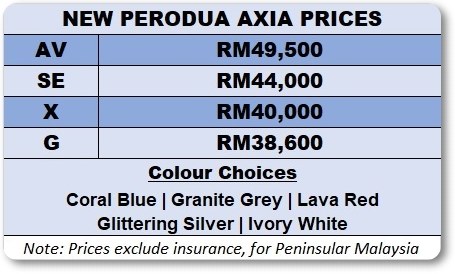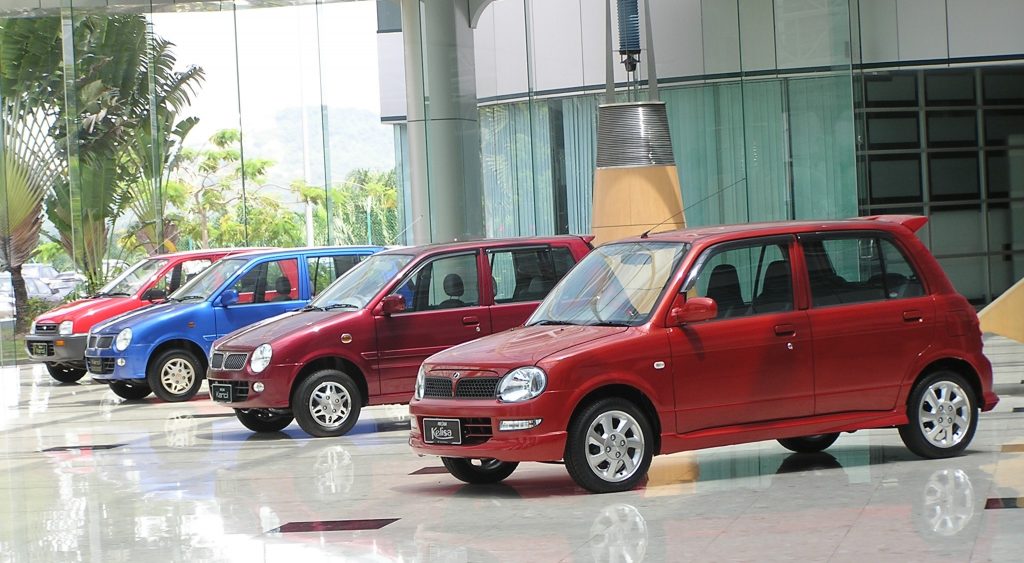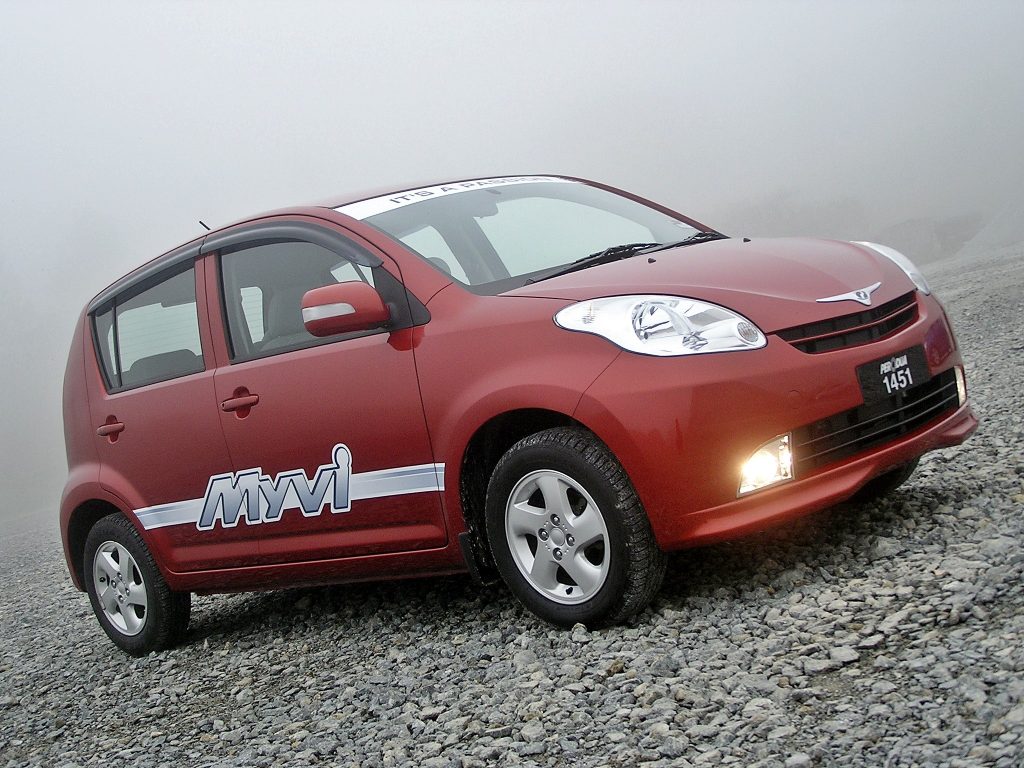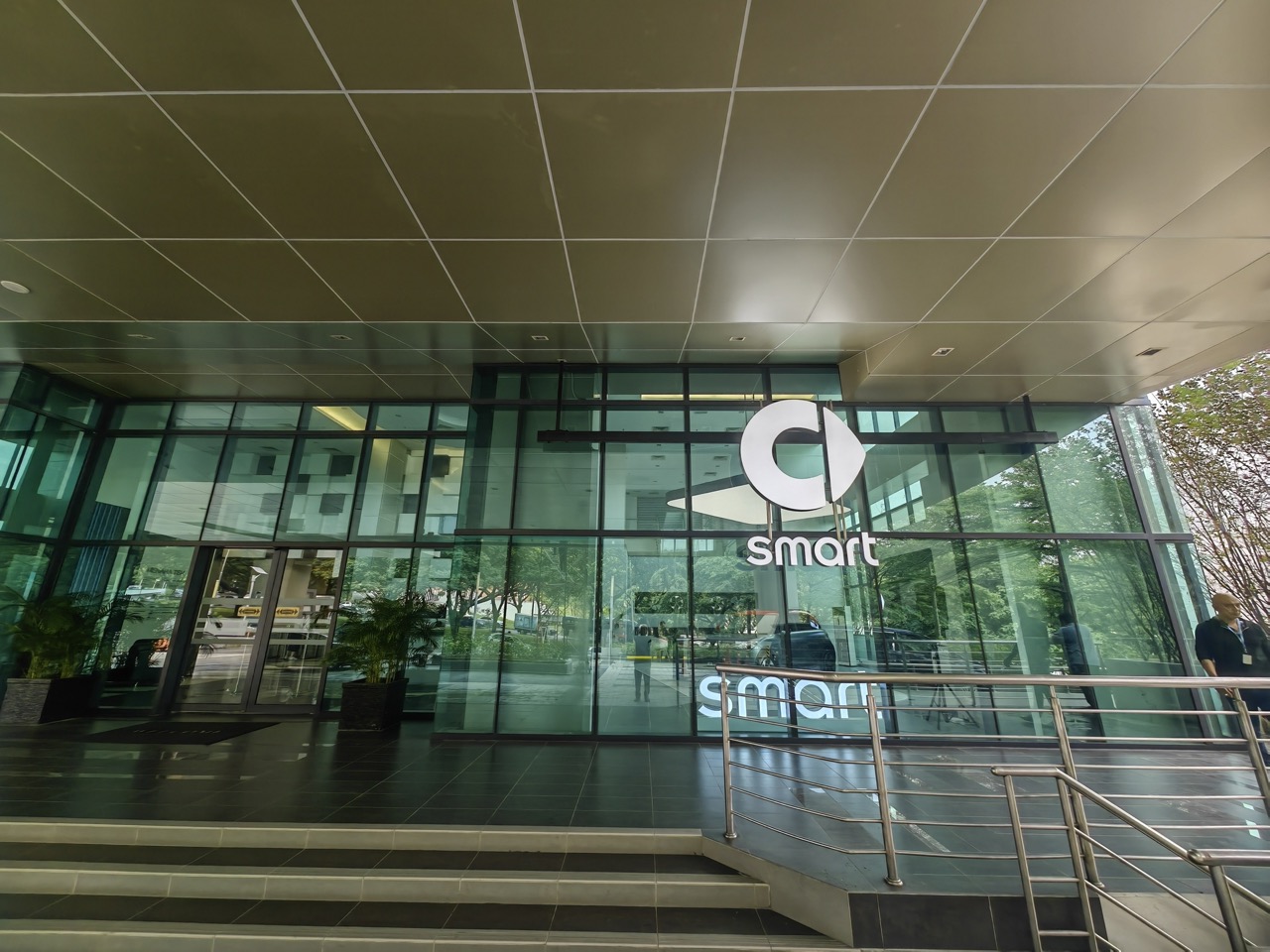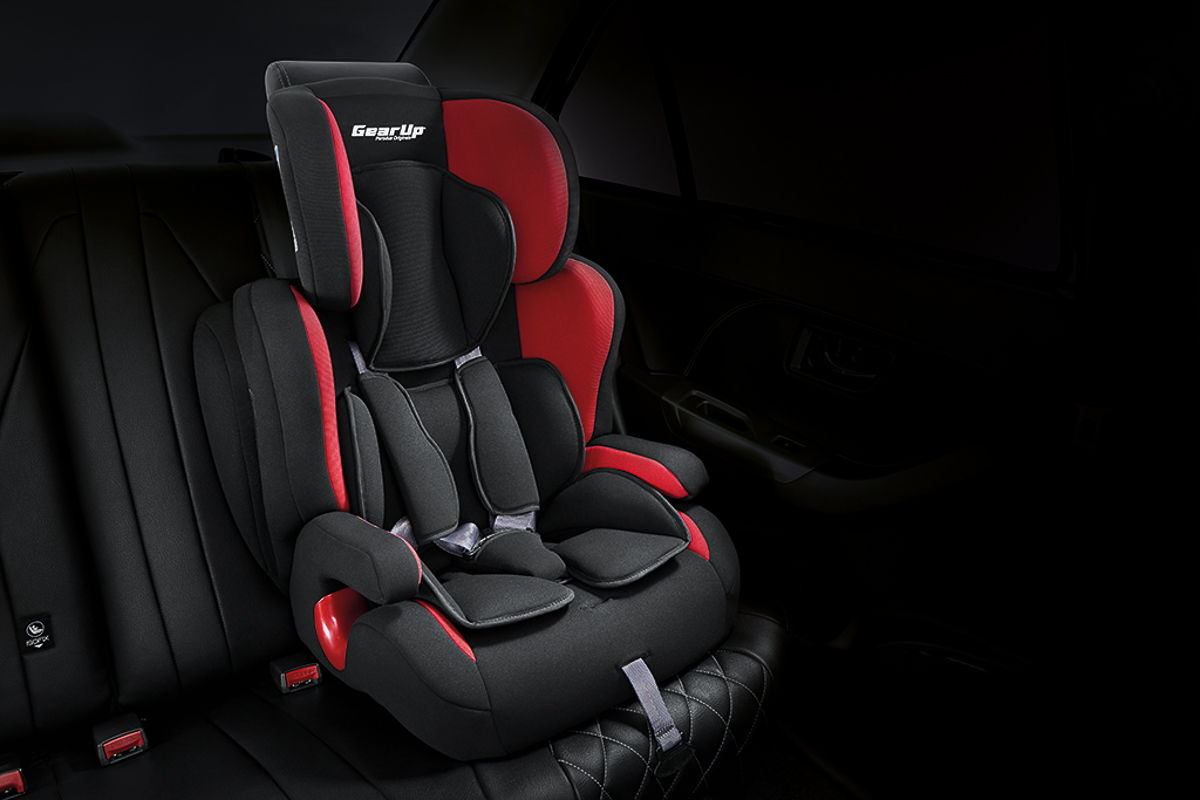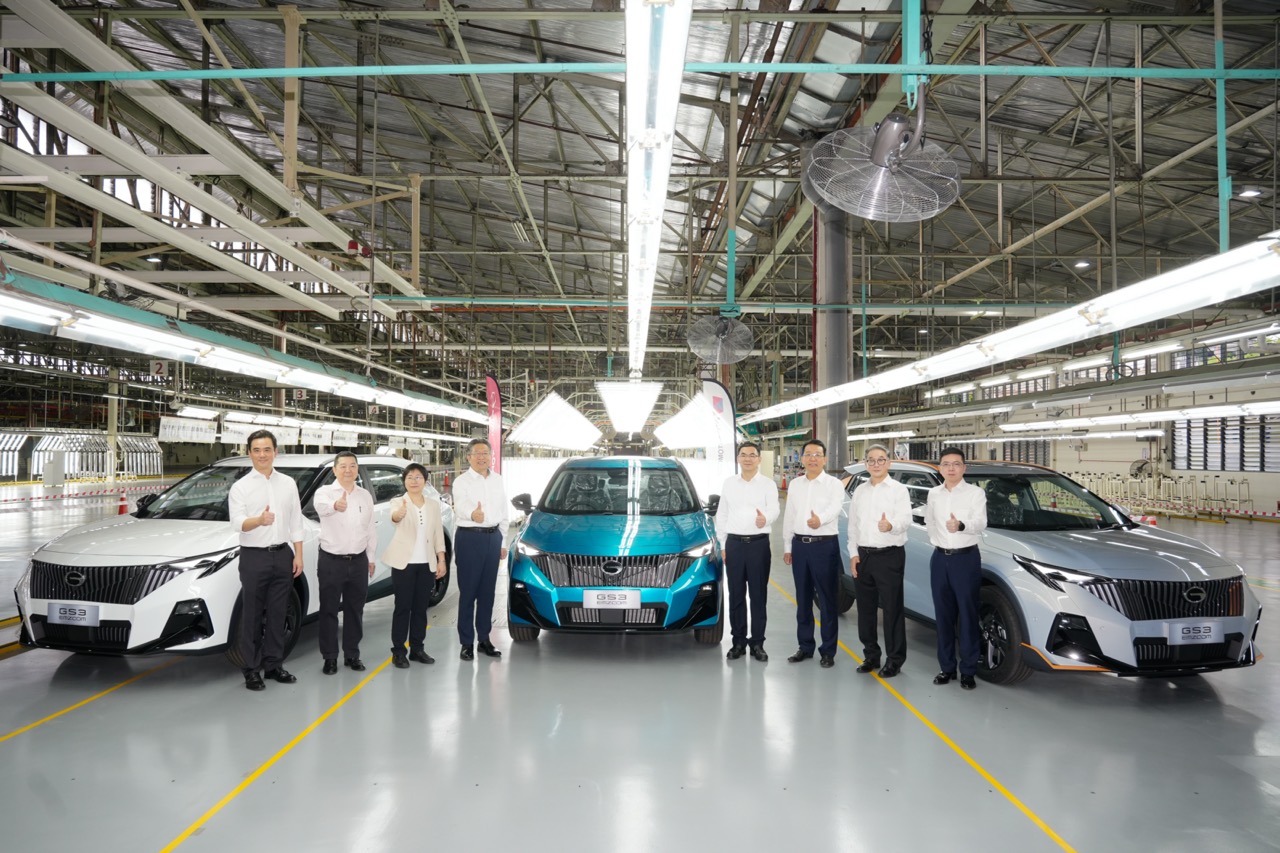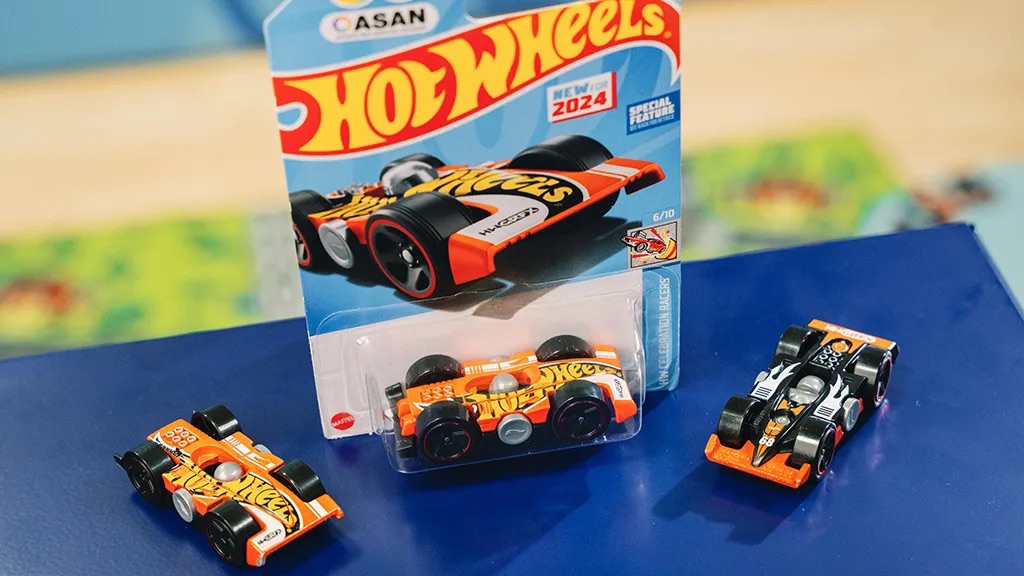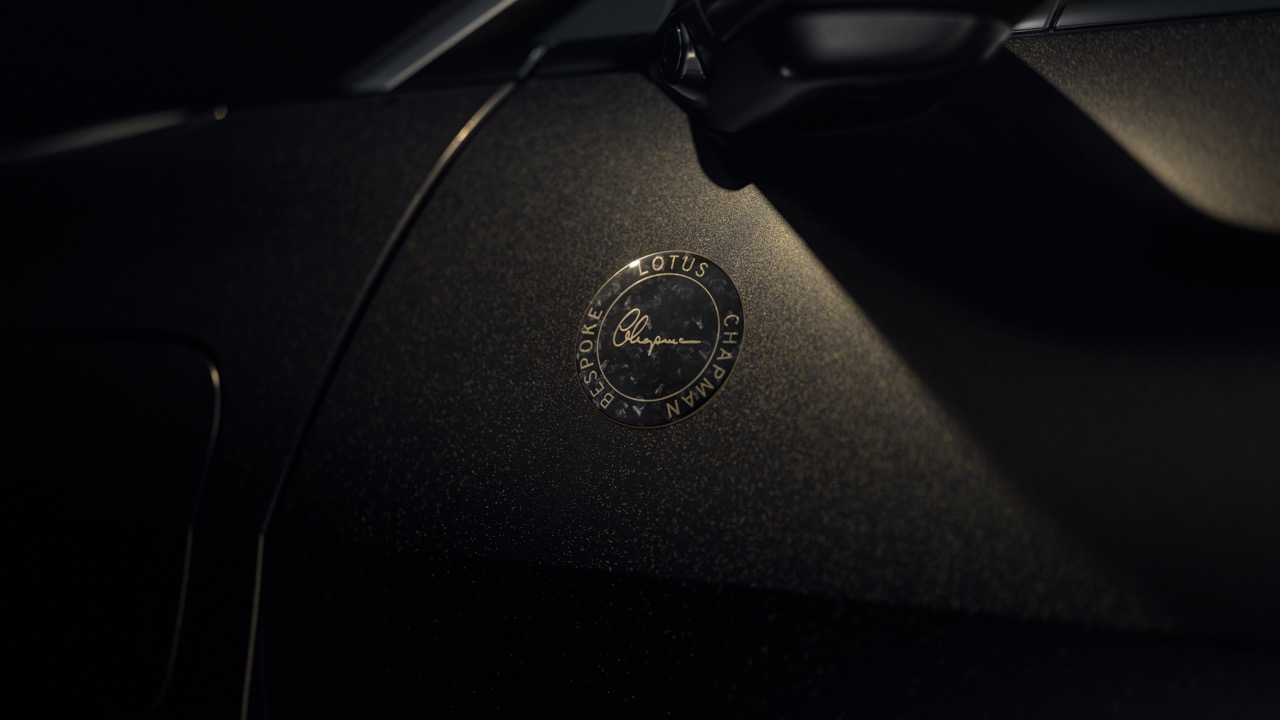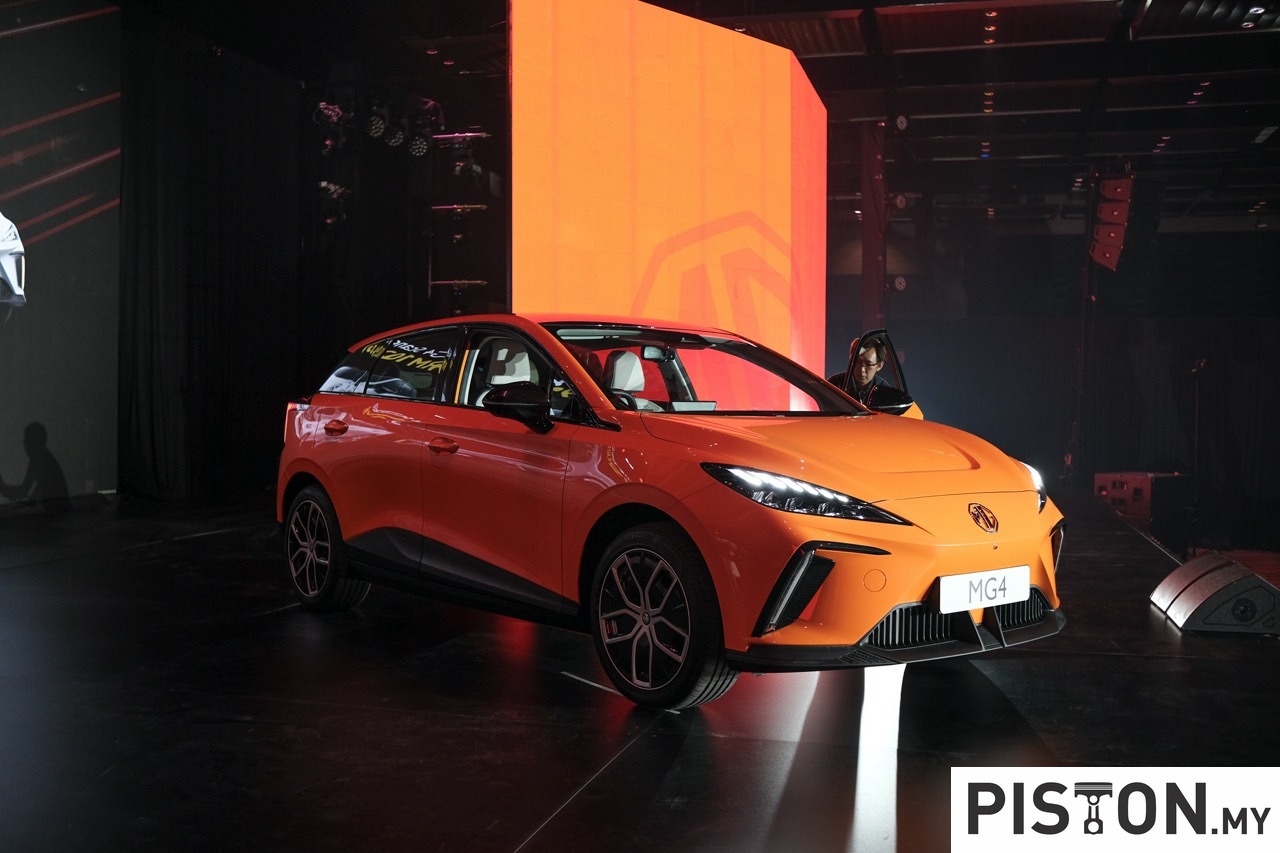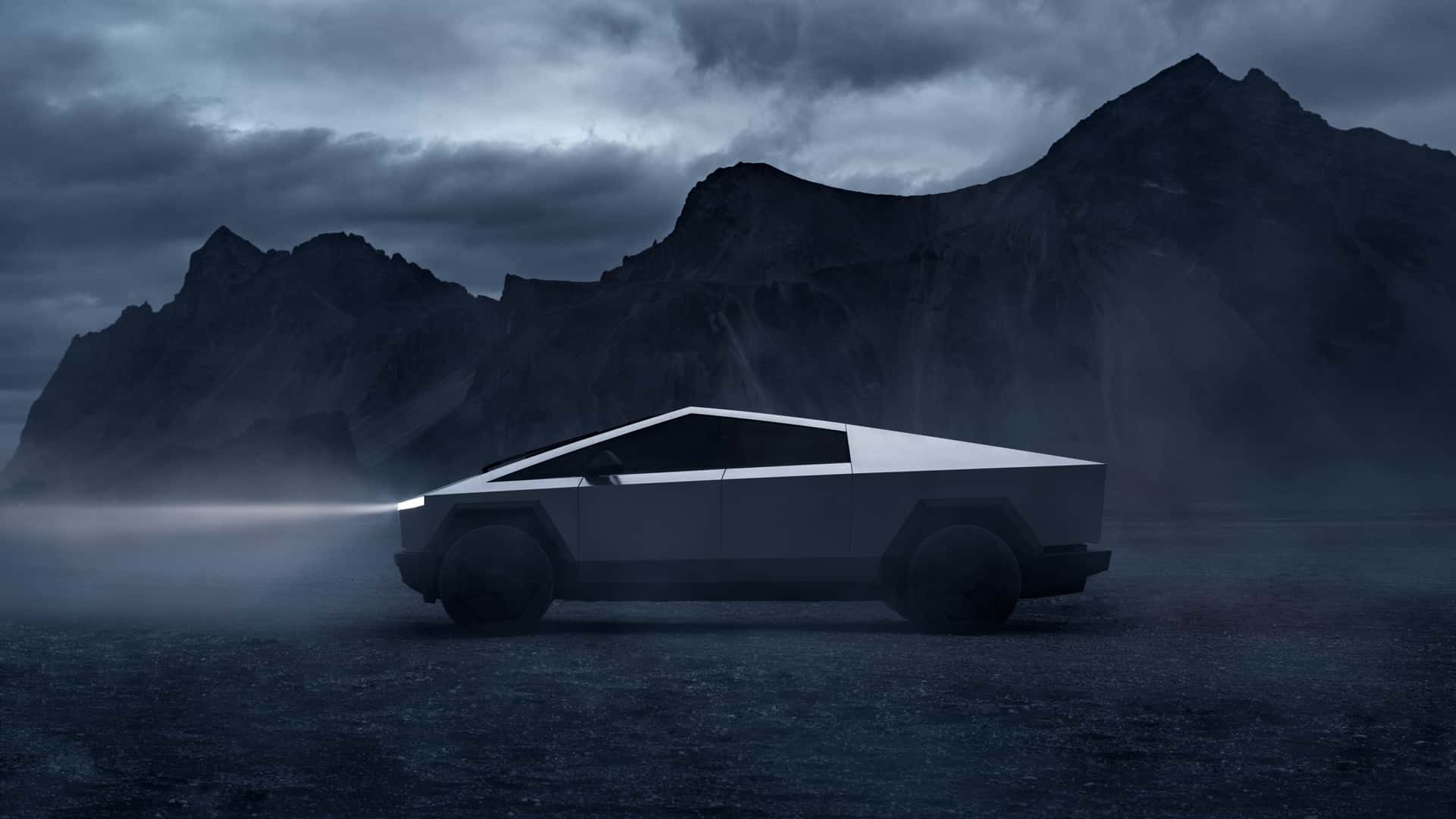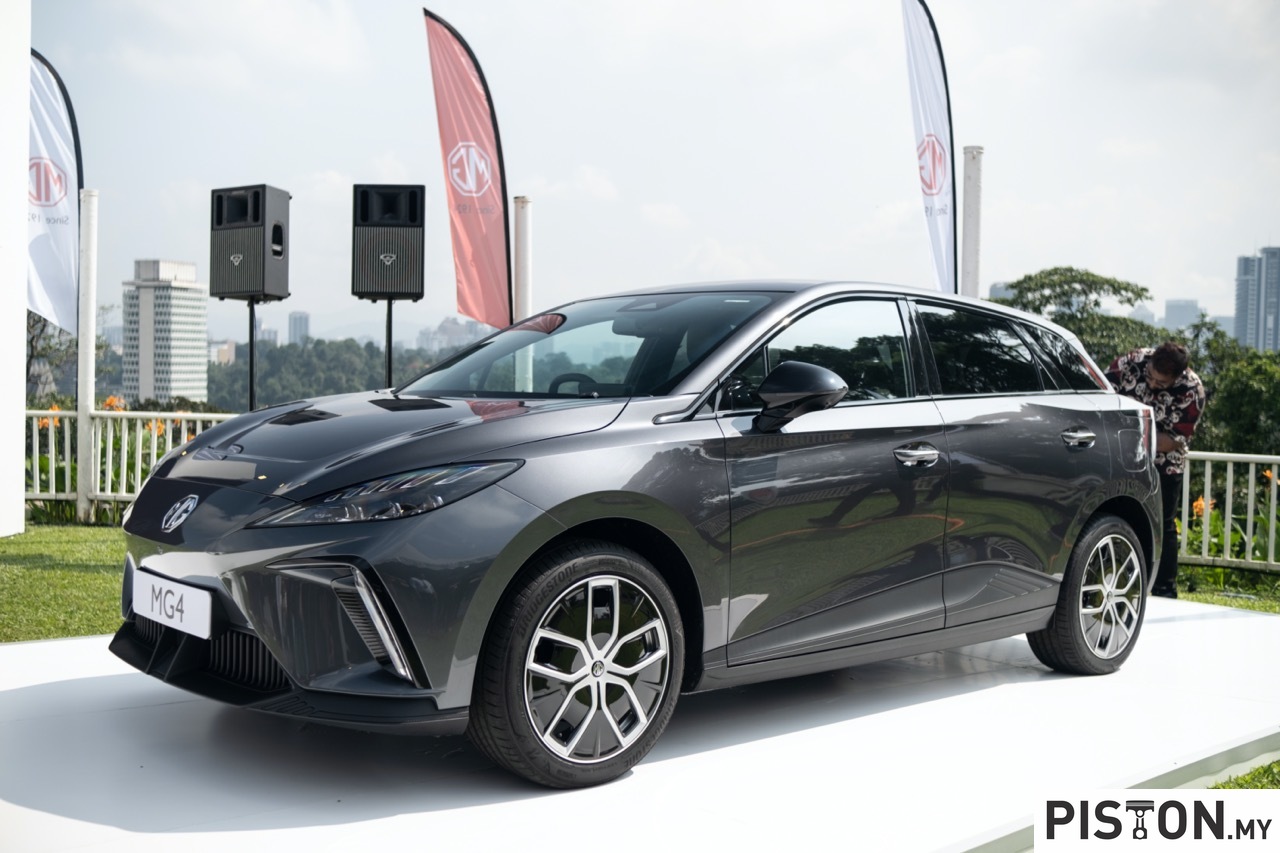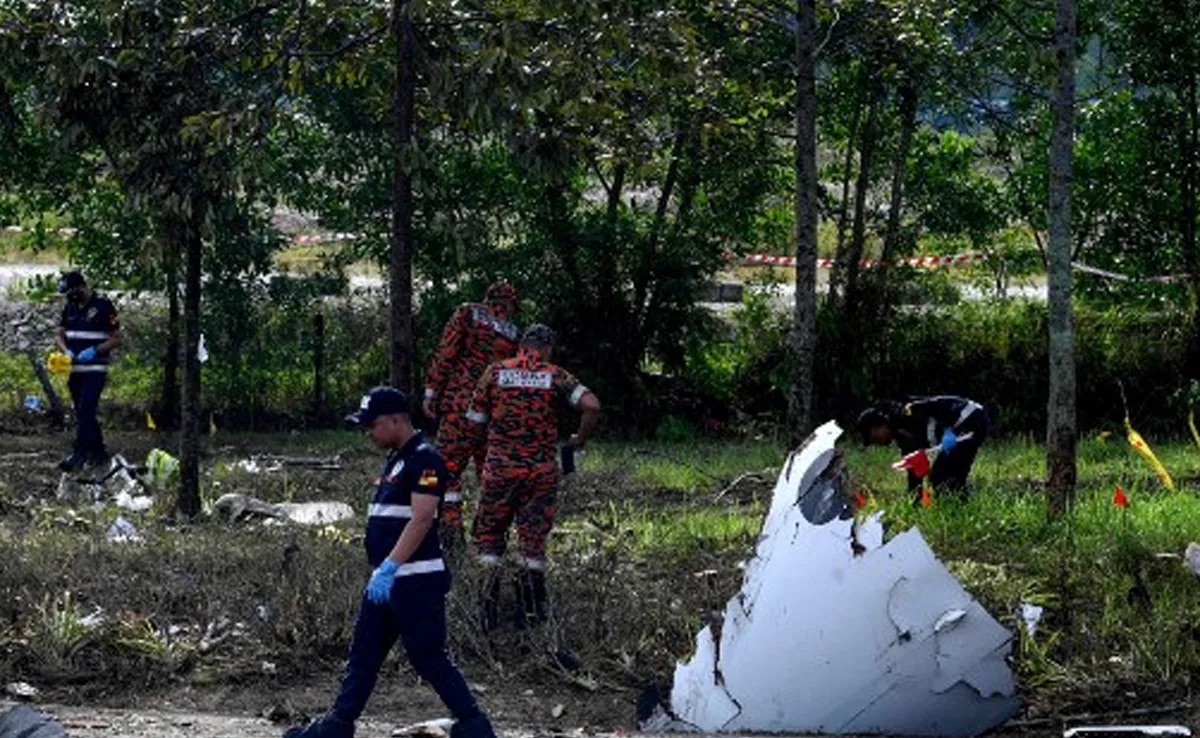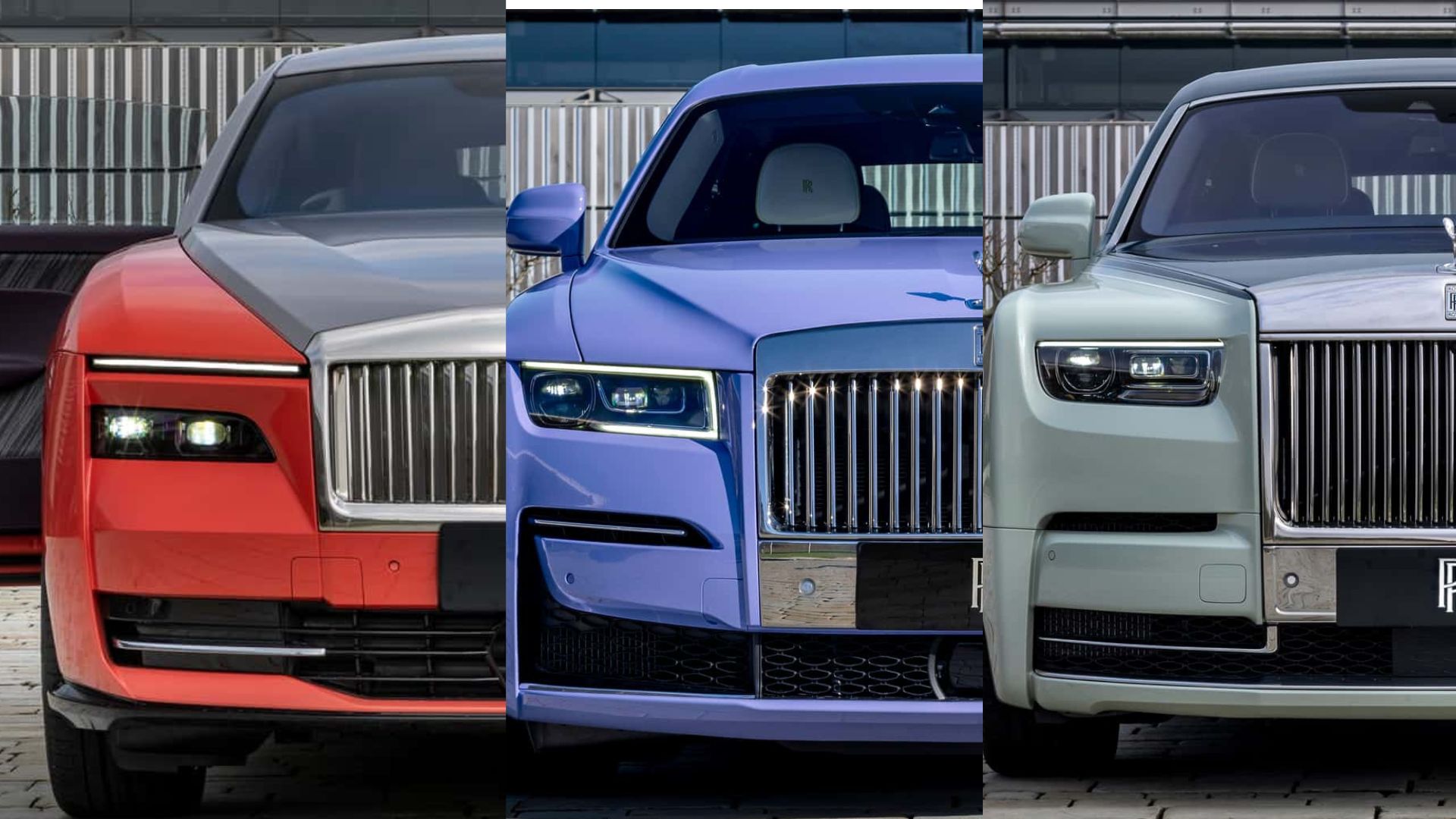With the launch of the new second generation of the Perodua Axia today, the Malaysian carmaker raises the benchmark for entry-level cars. In most countries, cars in the lowest price bracket are usually quite basic, with minimum safety features. That’s not the case for the new Axia which, in the top variants, has advanced features and technologies.
There are four variants as before, with prices ranging from RM38,600 to RM49,500, to suit different budgets. Though the prices have increased a bit, Perodua’s President & CEO , Dato’ Sri Zainal Abidin Ahmad, said that the increases are not as much as the extra value of RM5,800 in better or extra features. Customers are thus getting better value for their money with the new model.
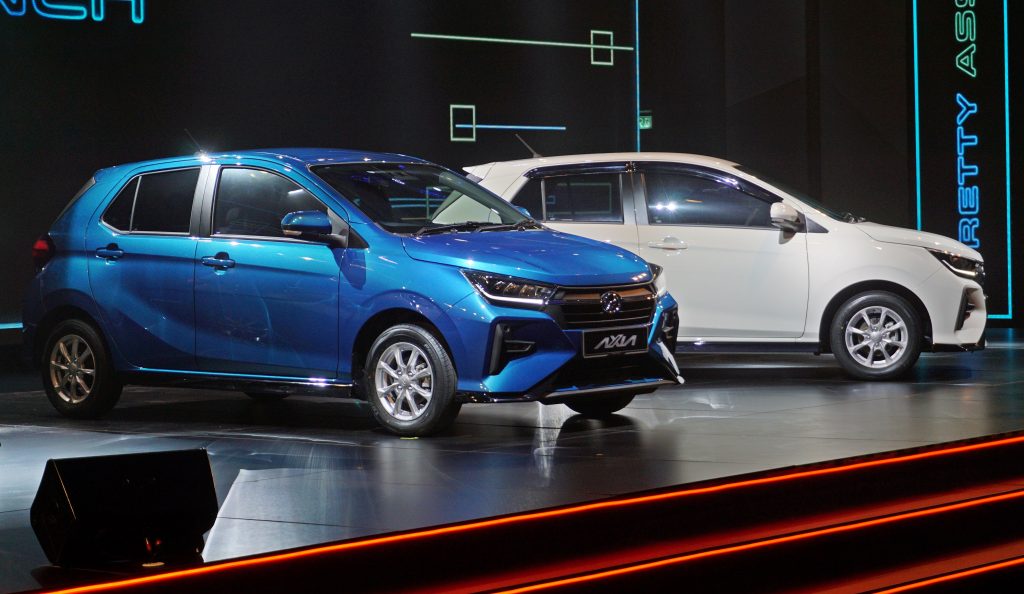
Maintaining prices at what Dato’ Sri Zainal calls ‘cost-optimised’ within the realms of affordability for the masses is something Perodua is conscious of with its role as a national carmaker. He said that the company will not depart from its original mission of providing Malaysians with affordable cars.
Aggressive and expressive look
At a glance, the new Axia may look like the old one but the frontal appearance is more aggressive and expressive with larger design elements. The bumper and wheelarches are more voluminous, for example, while the LED headlights have a more technical look.
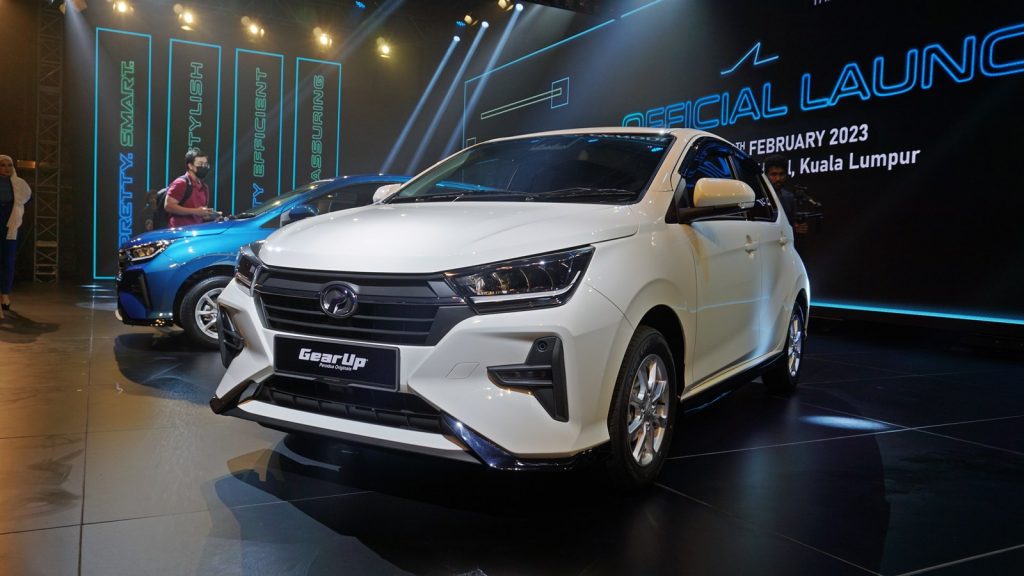
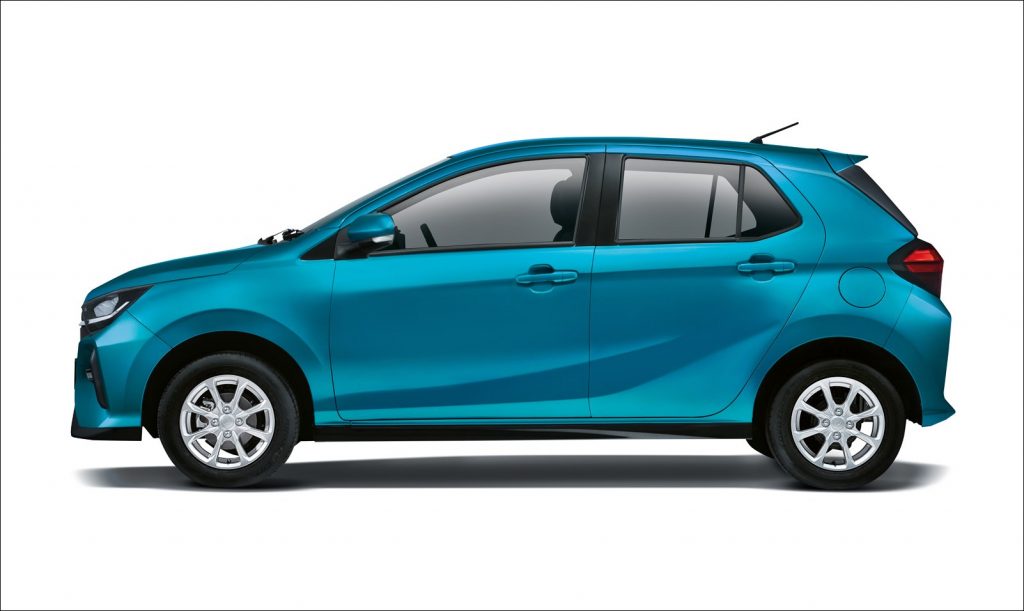
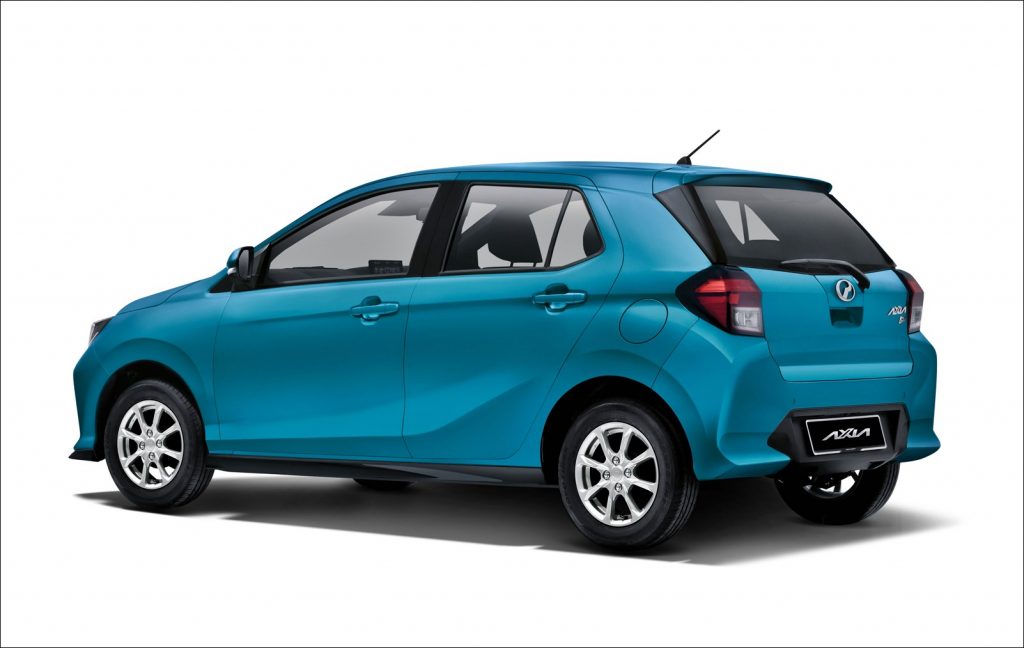
The Axia has grown in size, not unusual in the evolution of models, and the overall length of 3760 mm is a significant 120 mm more than the old model. Notably, the wheelbase is also extended by 70 mm to 2525 mm, which is 25 mm longer than the bigger Myvi. That would certainly be beneficial to interior space.
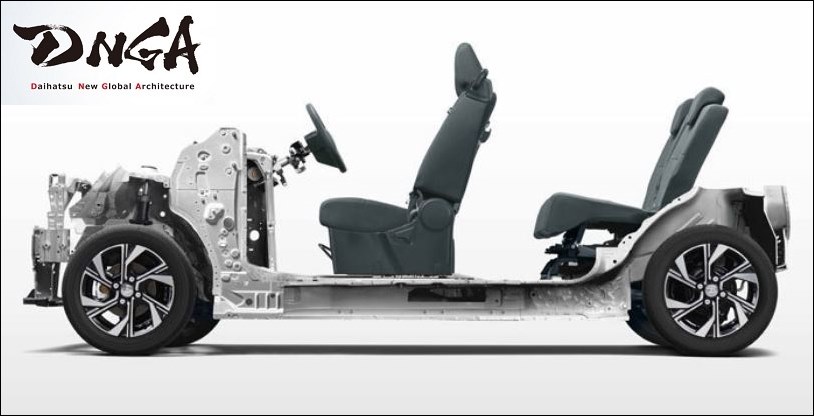
Following the Ativa and Alza, the new Axia is the third model to adopt DNGA (Daihatsu New Global Architecture). DNGA provides a more rigid body and optimizes the structure to keep weight down. However, the addition of extra features and equipment has still seen an increase of 20 – 40 kgs but the overall weight remains below 900 kgs.
More efficient drivetrain
Driving enthusiasts who were hoping that there will be a more powerful turbocharged engine will be disappointed as it is not offered. The same 1-litre 3-cylinder DOHC engine with DVVT is used and the output remains as 68 bhp and 91 Nm.
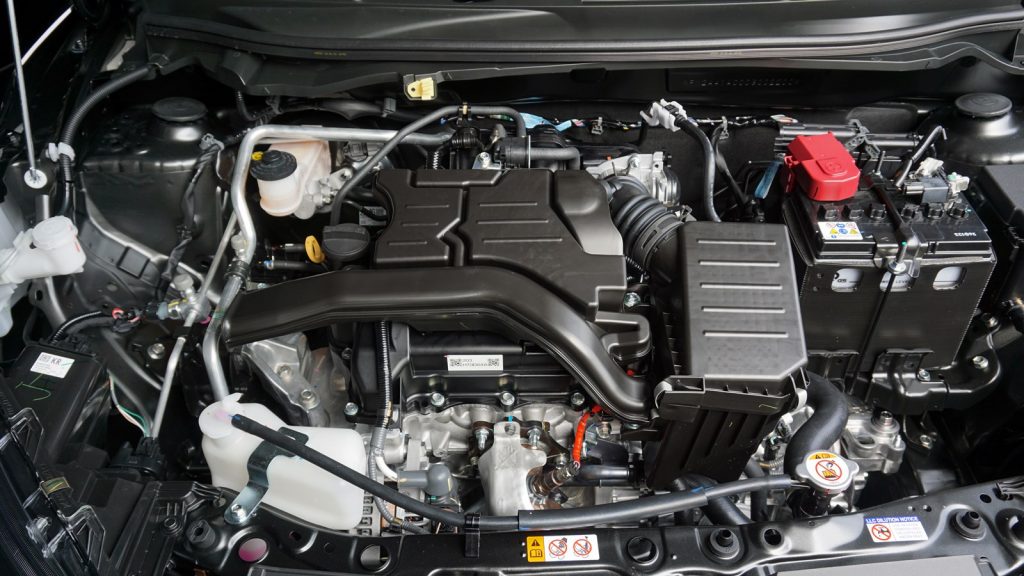
What has changed in the drivetrain is the transmission; in place of the torque converter 4-speed automatic transmission, there is now a CVT or Continuously Variable Transmission. The one used for the Axia is a Dual-Mode CVT which has low mechanical losses as it uses gears as well as a belt drive.
For those who really prefer to shift gears themselves, there will be a variant of the Axia produced later on with a 5-speed manual transmission. This is primarily for driving schools but will also be sold to the public. However, it will be the first generation but the good thing is that it will have a low price.
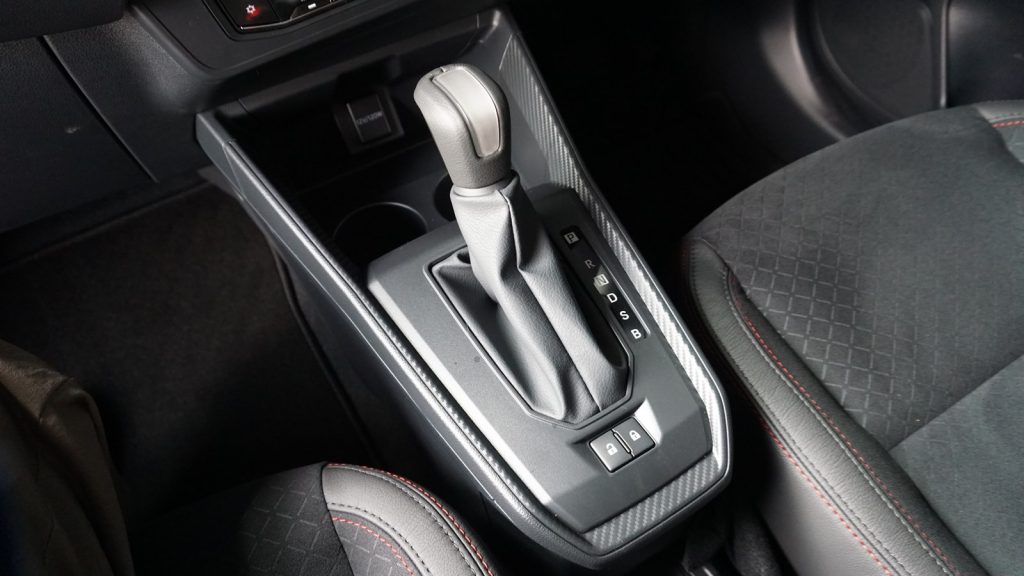
With the improved aerodynamic efficiency of the body and the greater efficiency of the D-CVT, Perodua says that the fuel economy has improved. Factory testing according to the Malaysian Driving Cycle has achieved 27.4 kms/litre, 7% better than before. This means it would cost less than RM28 in petrol costs for a journey from Kuala Lumpur to Penang. And a full tank of 36 litres would be good for almost 1,000 kms.
Besides the increased rigidity provided by DNGA, the engineers also made improvements to the body frame and rear suspension for better ride comfort. More measures have also been taken to reduce noise with extra insulation. With lower noise levels, stress can be reduced and make long journeys more pleasant.
One area which shows the importance of designing for local conditions is the body sealing. With flash floods becoming common, the engineers have given the Axia better sealing in many areas so that water cannot enter. Additionally, the air intake point has also been set higher.
More space within
The longer and wider body has allowed the cabin size to be a bit more spacious, with an extra 40 mm to take away the feeling of close proximity between the front occupants. The rear seating position has also been improved while the hip point is slightly lower.
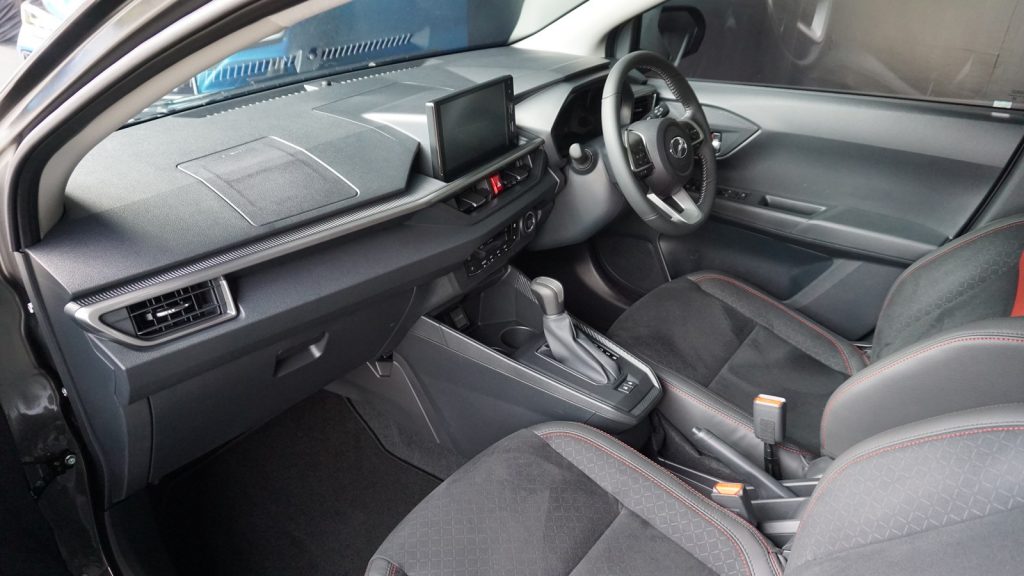
The longer body allows the boot floor to be lengthened a bit which, in turn, increases the volume to 265 litres. The dimensions of the boot are enough for a baby’s stroller or, if the rear backrest is folded down, even a bicycle.
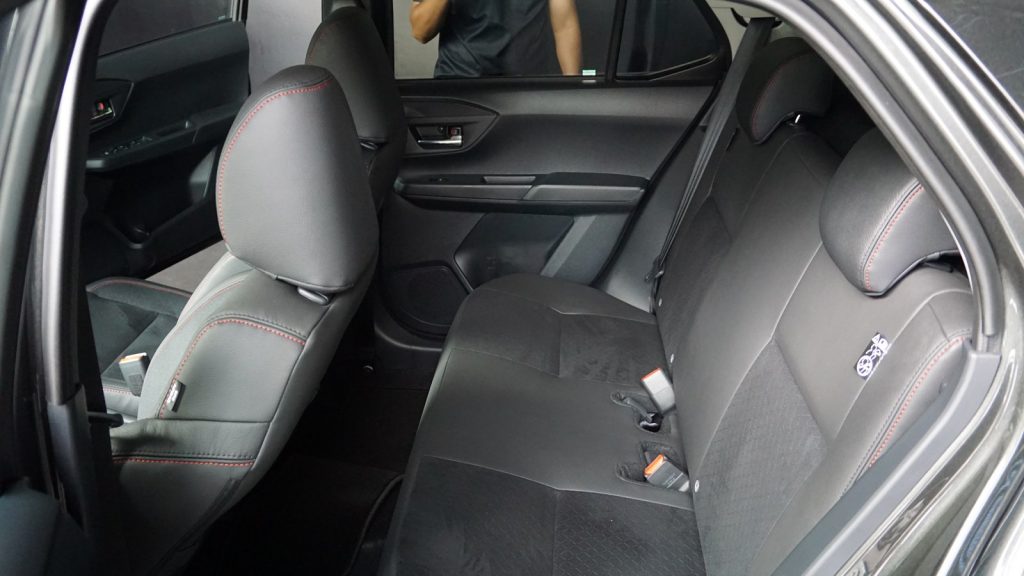
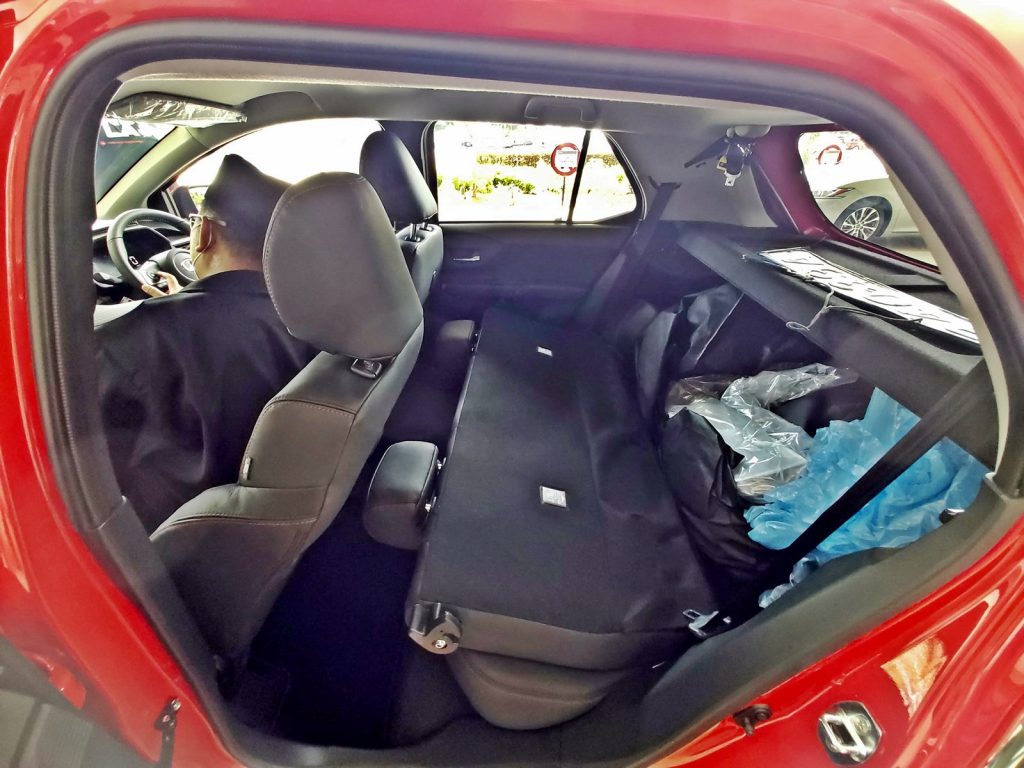
The rear backrest (with 2 ISOFIX childseat points) is a single piece and has locks at each side. What we noticed was that it can be a bit inconvenient to release both locks unless you have long arms. Perhaps a release mechanism that unlocks both sides together would be a good idea.
Quality feel
The dashboard design follows the current trends with a horizontal theme and a touchscreen display panel in the middle. The top AV variant has a 7-inch TFT instrument panel which can be configured differently while the other variants have simpler layouts.
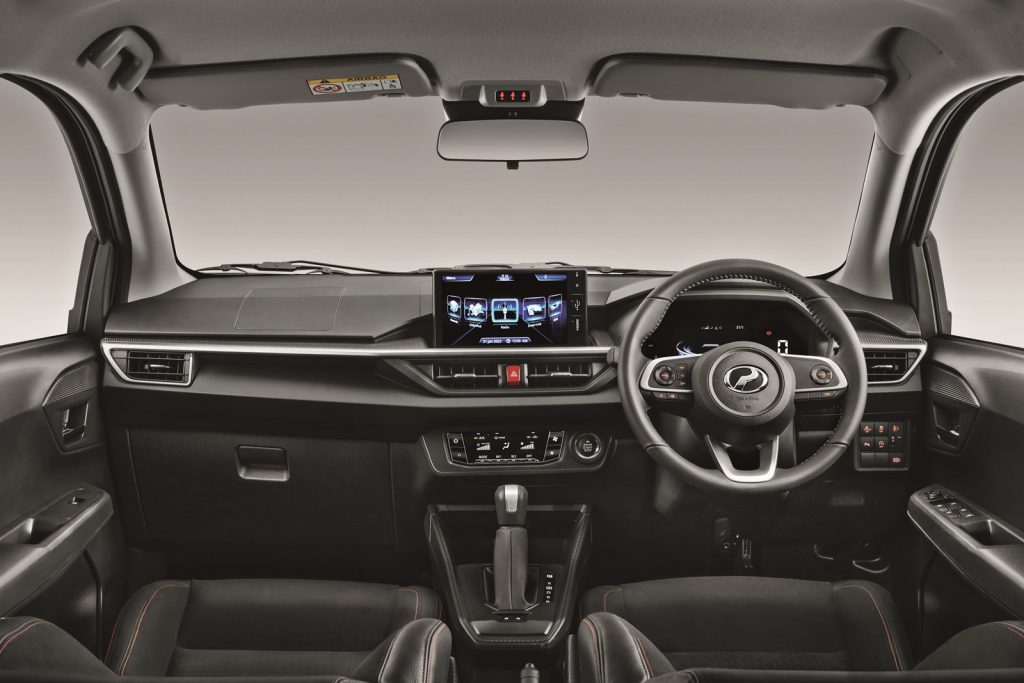
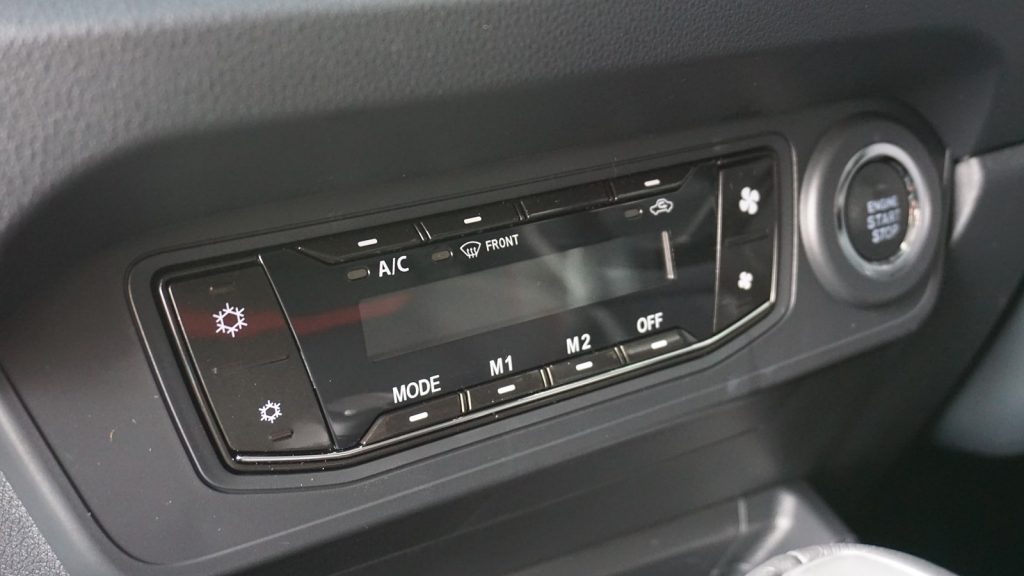
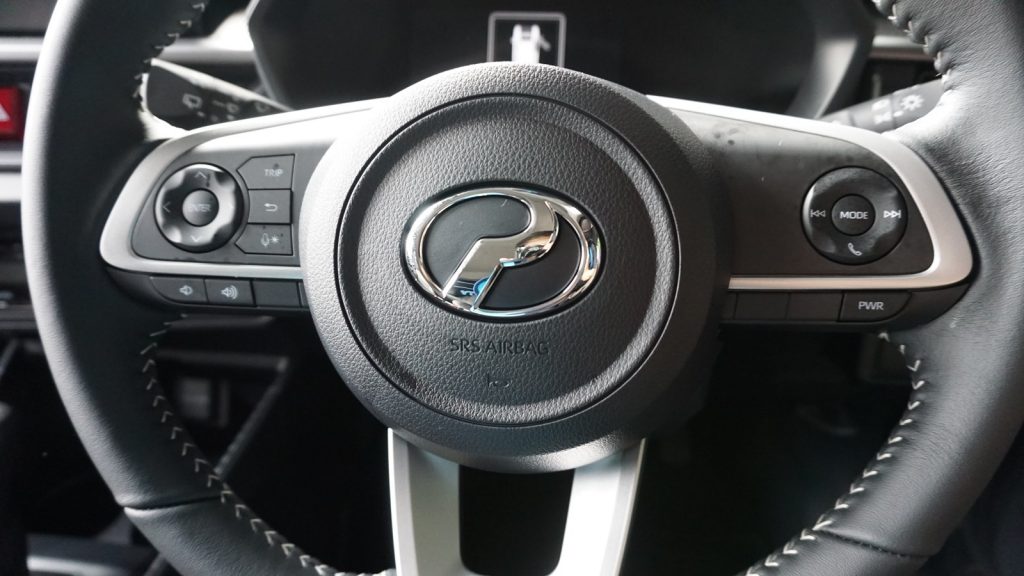
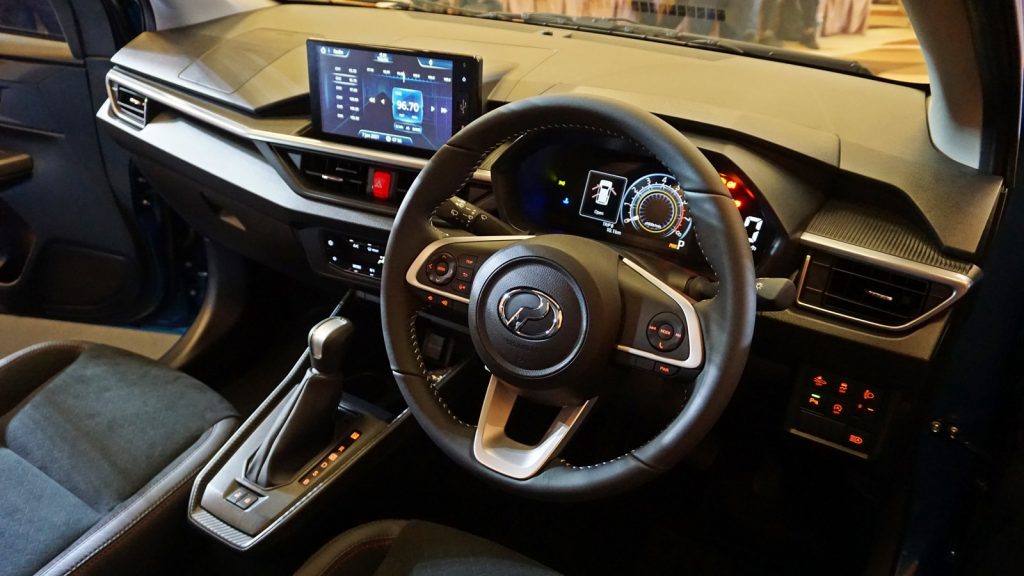
Models at this price level often have low-cost materials that reflect their low pricing. However, Perodua has done well to provide a sense of quality. This can be seen in the 3-dimensional texturing of many surfaces rather than leaving them as smooth plastic panels that look cheap. Visible metal surfaces are also almost non-existent.
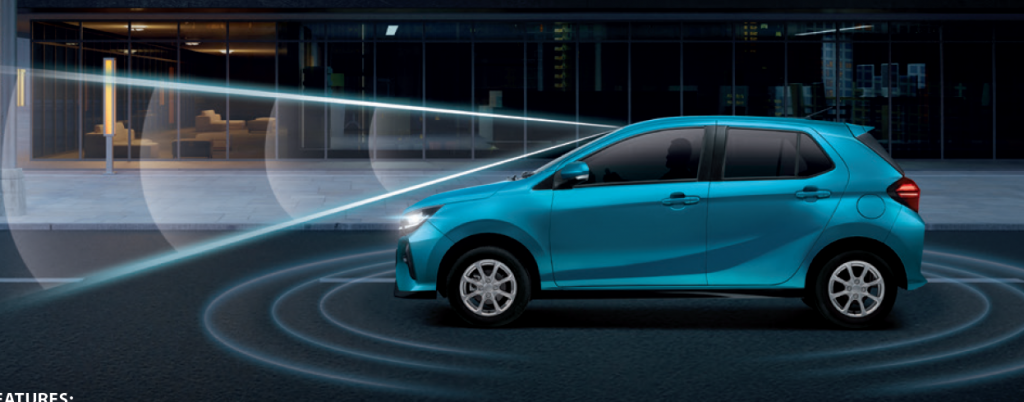
With the AV variant, the safety level has been raised substantially and Perodua is to be commended for providing such advanced safety systems. In other countries, a model in this class would not have them. These include the Perodua Smart Assist package which incorporates the camera-based Advanced Safety Assist suite as well as 6 airbags.
20,100 customers waiting
Since January 31, Perodua has received over 6,500 bookings but there are actually 20,100 people waiting for the new Axia. This is because another 13,600 are from the 44,000 who had booked the old model but have not received their cars yet. 25% of this year’s production has been allocated to the Axia so it should become Perodua’s bestseller.
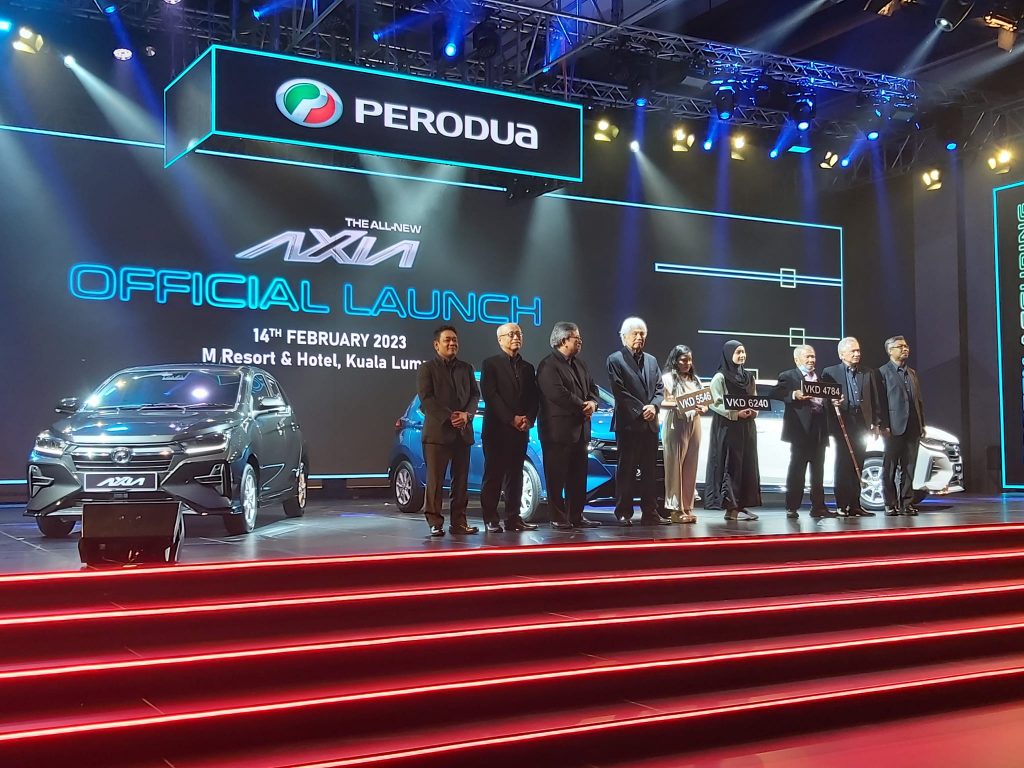
The other achievement
While the new Axia is certainly a much improved car than its predecessor, the other big achievement for Perodua which the Malaysian public might not know much about is how far it has come in terms of capability. Back when it started in the 1990s, the involvement in product development was minimal and confined to restyling the grille and some small details.
But the company was a good student and kept learning how to make cars. With first Myvi generation, Malaysians got to become part of the development team alongside experienced members from Daihatsu and Toyota. They had minor roles then but nevertheless, it was a first step to be able to participate in developing a new model. Before, it was Daihatsu that did most of the work and Perodua’s R&D team just made small changes to ‘Malaysianise’ a model.
30 years later, the second generation Axia has seen even greater involvement by Malaysians. In fact, according to one engineer, the Malaysian team was no longer just ‘students’ but partners in the project. In some cases, were also given lead roles for certain aspects. They were able to provide input on more specific Malaysian requirements which the Japanese might not fully appreciate.
Interior space, for example, is important to Malaysians who regularly travel to their hometowns. During development of the Myvi, it was the Malaysian team that asked for more interior space whereas if left to the Japanese who prefer compactness, the cabin dimensions might have been less. Thus, when Perodua says ‘Designed and Made by Malaysians for Malaysians’, it is true in a very real sense.
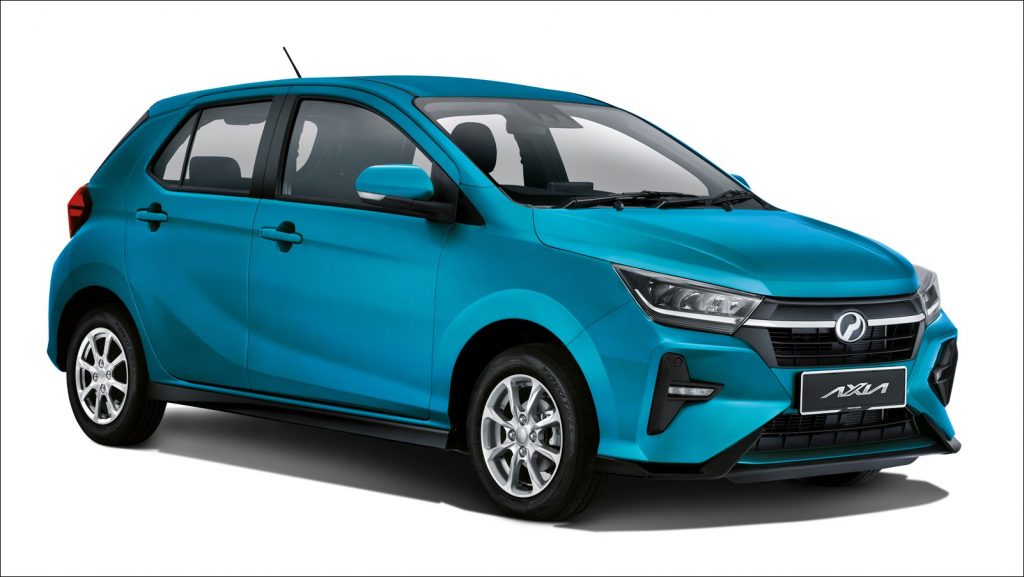
So Perodua’s capabilities today are considerable and they can do a great deal of product development themselves. But there is still the acknowledgement that they do not know it all and want to keep learning and keep improving. That was stressed by Tan Sri Asmat Kamaludin, Chairman of Perodua, who said that it is in the spirit of kaizen) continuous improvement). He added that Perodua is still a young company compared to their partner, Daihatsu, which has a history going back over 100 years.
There are many partnerships in the global auto industry, some successful and some not so. The partnership that Perodua has with Daihatsu looks like it is one of the better ones and can be enduring, with both companies working together to give us better products like the new Axia.
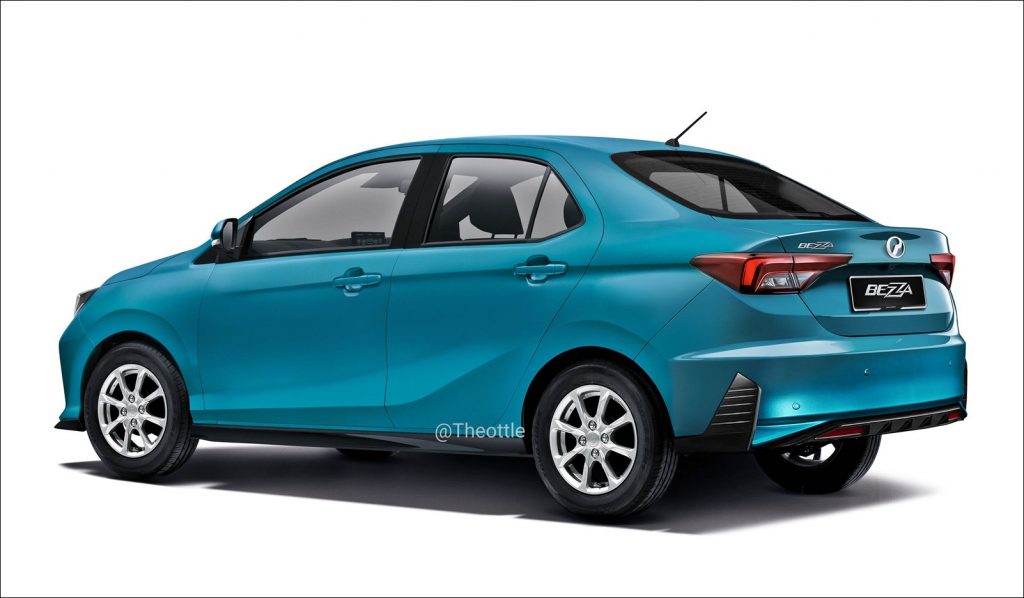
Click here to download a brochure of the new Perodua Axia or visit www.perodua.com.my for more information.


